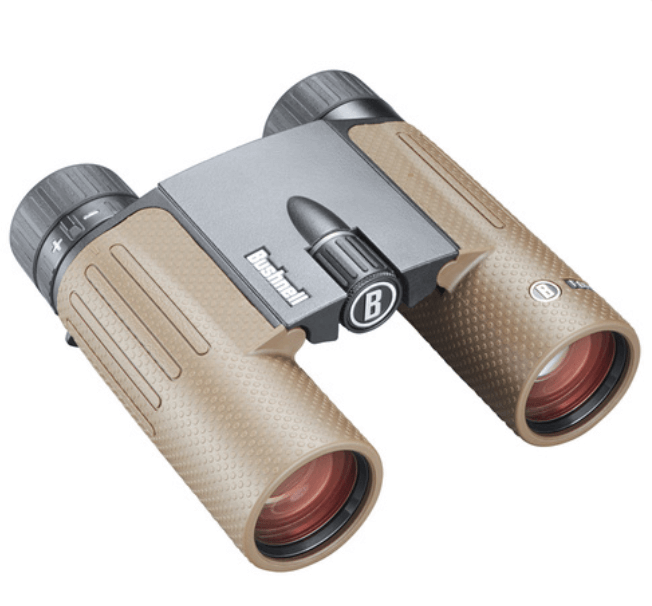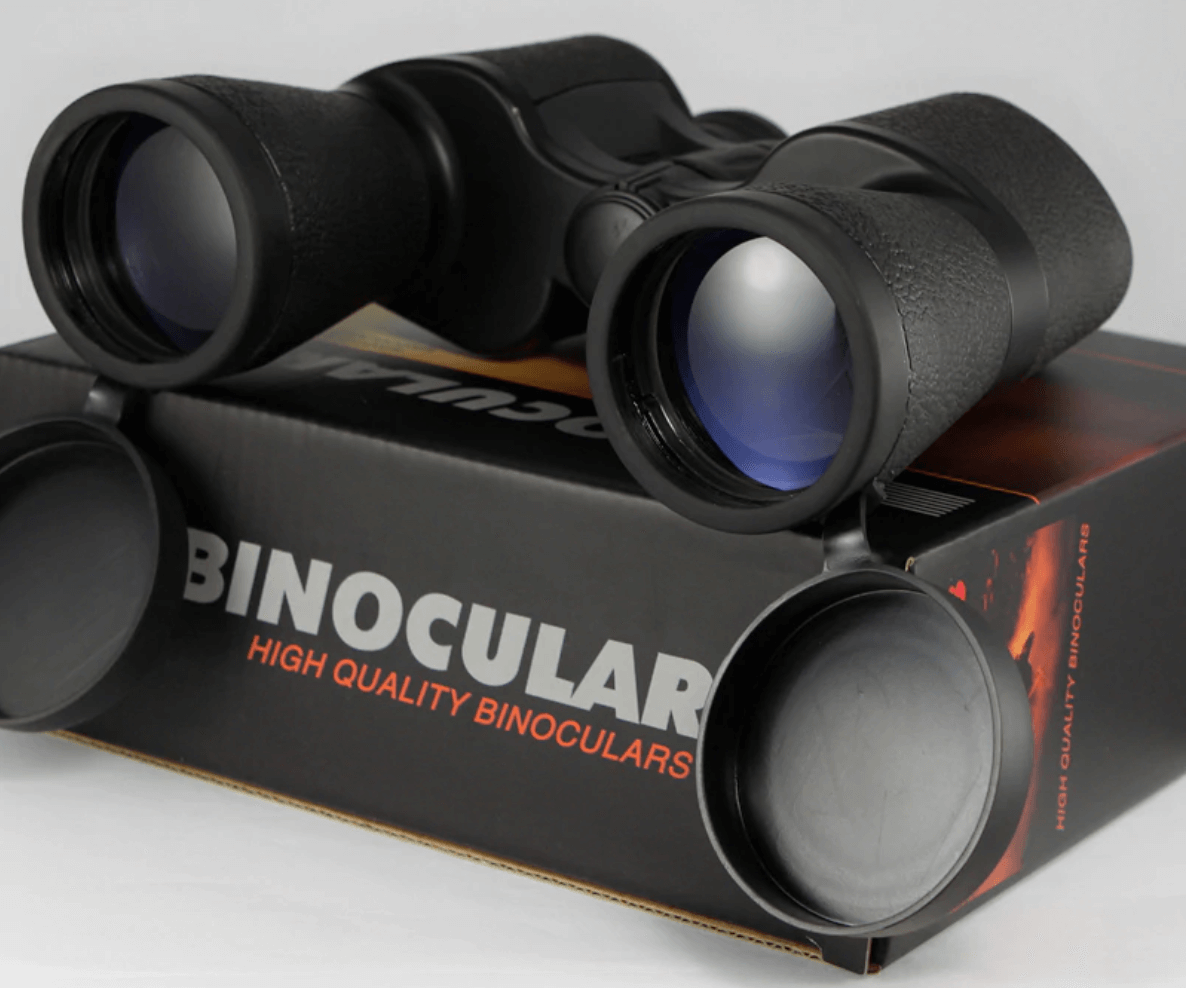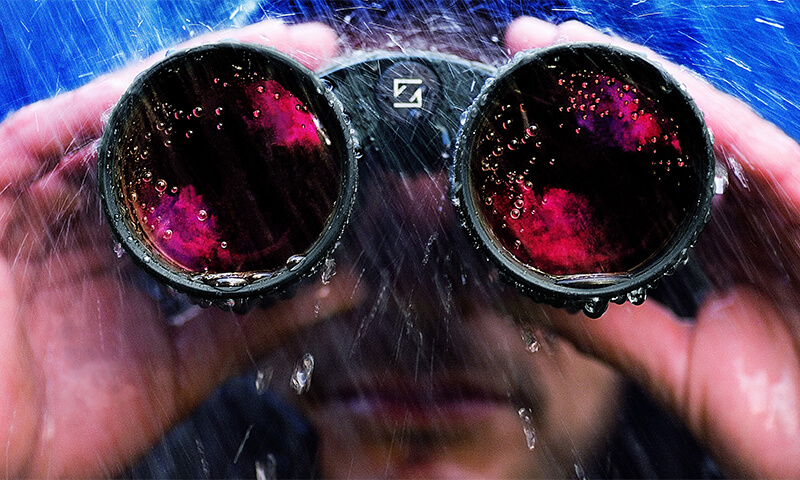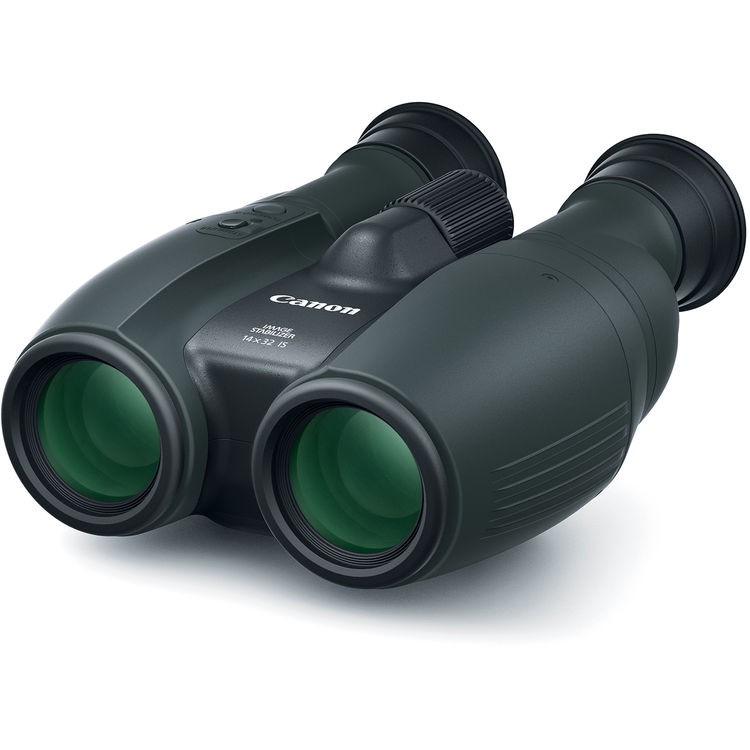Best Binoculars for Bird Watchers
Contents
- Binocular Magnification
- Why not Buy Binoculars with Maximum Magnification?
- The disadvantages of powerful binoculars for Ornithologists:
- Perfect Magnification
- Lens Diameter
- So Why not Choose the Largest Lens?
- General Recommendation: Choose Lens Diameter of 30-50mm
- Exit Pupil
- Prism Design
- Porro Prism
- Roof Prism
- Close Focus
- Easy to Focus
- Exit Pupil / Eye Relief
- Field of View
- Water Resistant Binoculars
- Rubber Coating
- Final Thoughts About Binoculars for Bird Watchers
- ED Glass or Standard BAK-4 Binoculars?
- ED Glass Binoculars for Bird Watchers – Prices From $143 to $349
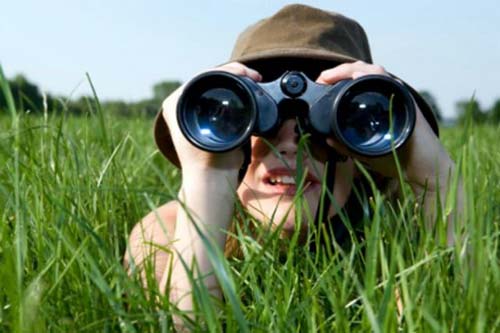
In fact, choosing binoculars for watching birds comes down to your personal preferences, because what is important for you may not be so important for the other.
Obviously, using binoculars to observe a small bird in the forest is very different from observing an elephant in an African safari.
So needless to say that ornithologists need binoculars much more than amateurs watching elephants.
And it is good binoculars that can help the ornithologist to see a bird for the first time and in greater details if they have a good pair of binoculars.
Let’s start with the basics and the most important factors when choosing the best binoculars for bird watching and talk more about the magnification, lens diameter, exit pupil, prism design, close focus, comfortable distance between your eyes and binoculars’ exit pupils, field of view, weight, water resistance feature and rubberized body.
Binocular Magnification
Binoculars for bird watchers can be classified by the following sets of numbers:
– 7×35
– 8×42
– 10×50
Bird watchers don’t need magnification higher than 10x because anything higher than 10x has a narrow field of view which is not acceptable for ornithologists.
The first number shows the magnification power. So, with 7×35 binoculars, objects will be 7 times closer, respectively, with 10×50 – 10 times closer.
For example, if you have binoculars with a magnification of 8x and you are 24 meters from the object, then through the binoculars the image will look as if the object is only 3 meters away from you.
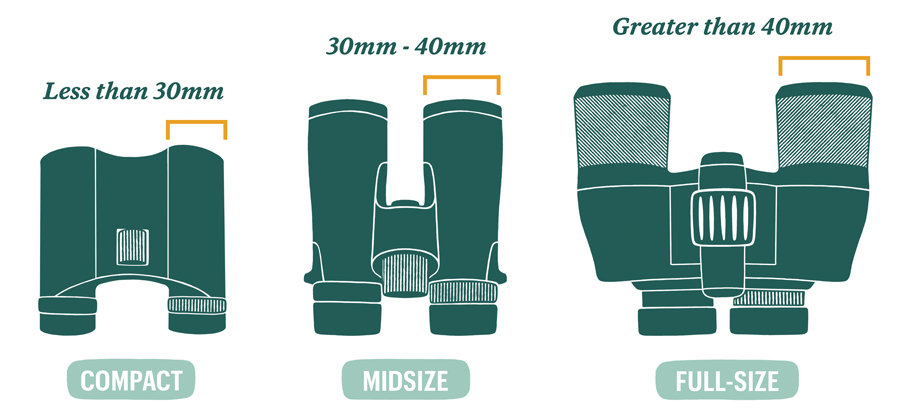
Why not Buy Binoculars with Maximum Magnification?
Most bird watchers choose binoculars with magnification 7x, 8x or 10x.
The question arises, why not choose the maximum magnification, because the more powerful the magnification, the closer you can bring the object and see it in greater details. However, such binoculars have a number of drawbacks:
– They are bulky
– Narrow field of view
– Shaky image
Binoculars with less magnification will allow you to see more because of the wider field of view (which we will talk about a bit later).
In principle, the higher the magnification, the narrower the field of view.
In addition, with 7x binoculars you will be more likely to notice a bird and track its movements among the trees than with 10x binoculars.
And if you watch a flock of birds, then with 7x binoculars you will see more birds taken separately than with 10x binoculars.
When comparing 7×40 with 10×40 (with the same lens size), with 7x you will have a brighter image, since the brightness of the image decreases with a higher magnification.
This is especially important in low light conditions, such as when observing owls in dense forests, as well as other birds at dusk and dawn.
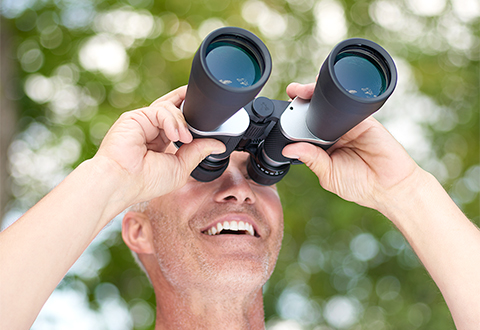
The disadvantages of powerful binoculars for Ornithologists:
• A narrower field of view
• Less light transmission (darker image)
• They are bulky and it’s really hard to get a stable image with powerful binoculars
• It is more difficult to focus on close objects.
• It takes more time to adjust the focus
But taking all of the above into account, you still can give preference to 10x binoculars rather than a 7x or even 8x optical instruments.
Especially if you plan to mainly use binoculars for observing:
• Birds from a long distance, for example, for coastal species or for predators
• Terrestrial obects
• Not active birds like waterfowls
If you feel that a 10x magnification is not enough for you, then you should consider choosing a powerful binocular.
In that case you need to use with a tripod only to get a stable image.
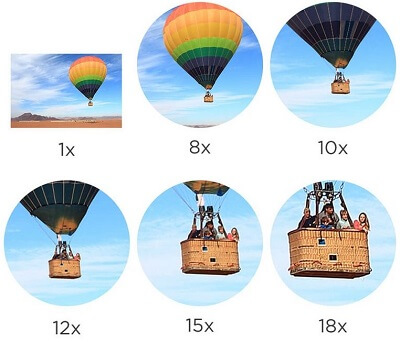
Perfect Magnification
If you plan to purchase only one set of binoculars for all your ornithological observations, 8x magnification is a good choice. Most ornithologists choose 8x binoculars.
In fact, with 10x binoculars, which although gives you a more detailed vision, there will be no significant difference in the magnification power when it comes to observing birds.
So, based on price and convenience, you can safely choose 8x or 7x binoculars, and this will be the best value for money in my opinion.
Generally speaking binoculars sold for $100 produce good image quality.
But when it comes to choosing binoculars for bird watching you need to focus on binoculars of higher quality.
You should stay away from cheap binoculars. 7x and 8x binoculars are especially suitable for beginners who may need a wider field of view to detect and track the movements of active birds.
You need to decide what is important for you: higher details or image brightness? Bulky or light binoculars? Do your hands tremble?
Is it easy for you to spot birds through binoculars? What field of view do you need: wide or not?
If possible, it’s an ideal choice to test several different types of binoculars to see which one suits you best.
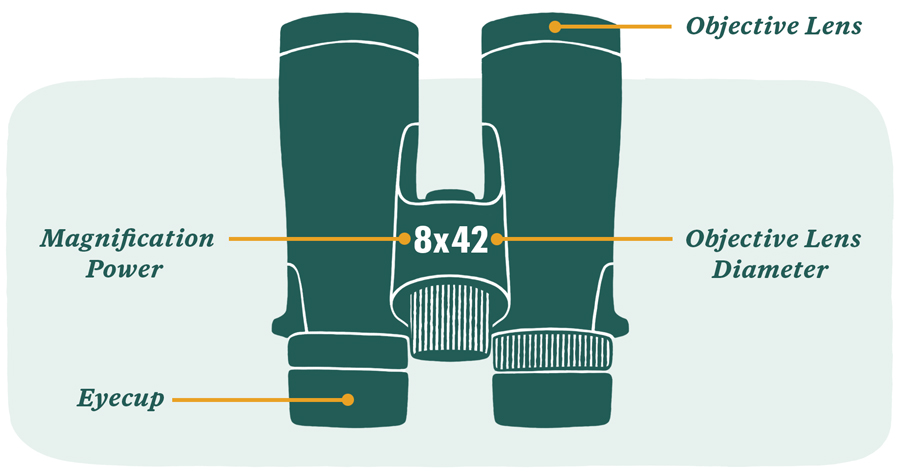
Lens Diameter
The second number on binoculars means the diameter of the lens in millimeters (front, large and thick lens on the opposite side).
So, for 7×35 binoculars, the lens diameter is 35 mm, for 8×42 this value is 42 mm. Why is this so important?
The binoculars transmit the light through the lens, so the larger the lens, the more powerful its aperture and the brighter the image of your bird will be transmitted, and you can see birds in full color and all details with maximum brightness.
So Why not Choose the Largest Lens?
Because with a large lens your binoculars will be bulky. If you plan to be in motion, a lens with a focal length of 50 mm will be too large and heavy.
It will be a wise decision if you observe objects using a tripod, but for a week-long trip with a backpack it will be heavy.
We’ll talk more about the weight of binoculars in more detail later.
When people choose their first binoculars for bird watching, we usually recommend purchasing binoculars with lens diameter 5 times larger than magnification.
So if you decide to purchase binoculars with 8x magnification, the size of the lens should be at least 40 (8×40), with 10x magnification – 10×50, and so on.
However, the quality of optics has improved significantly in recent years, and now this advice is no longer necessary, at least with binoculars priced from $200 and higher.
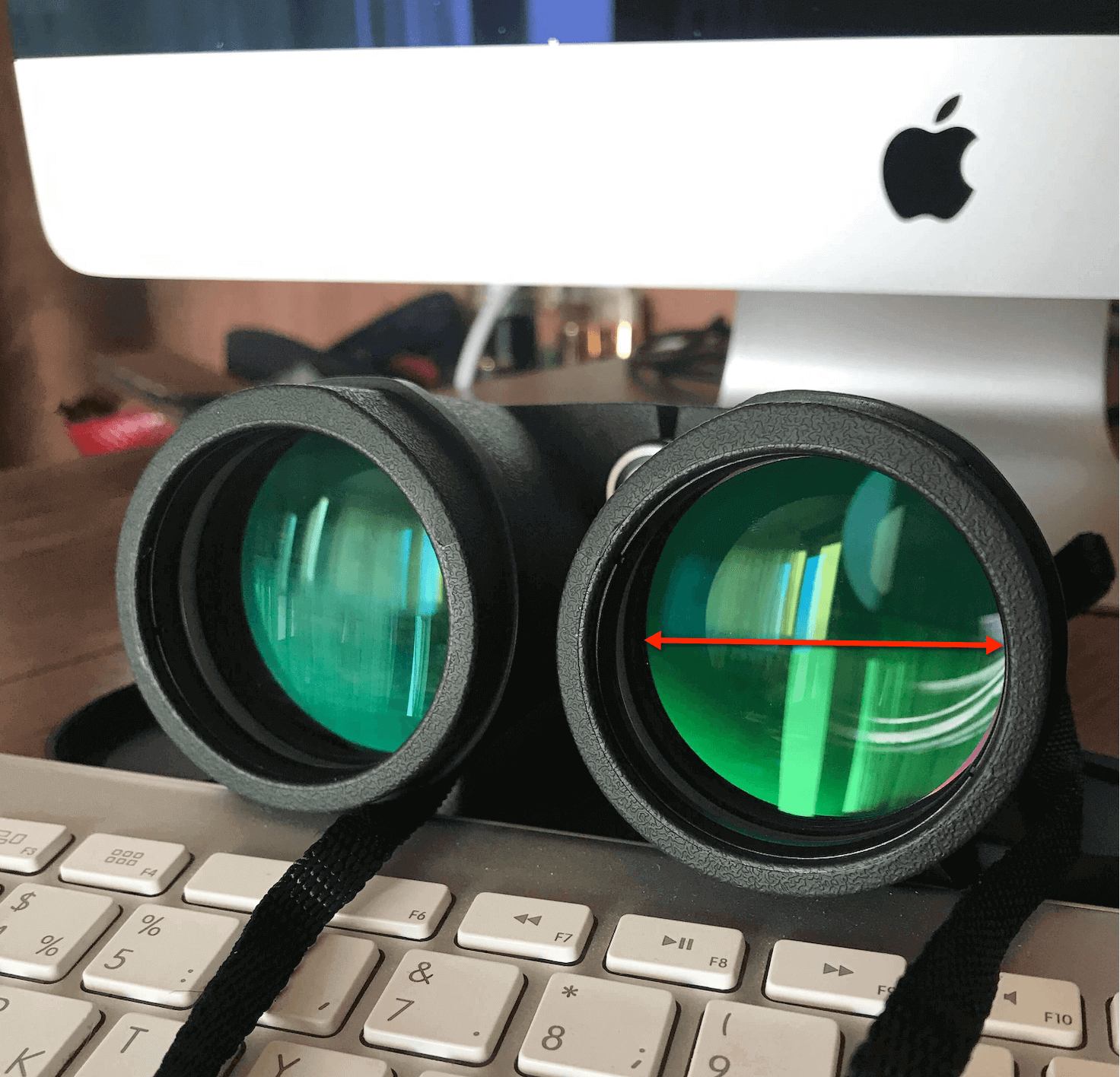
General Recommendation: Choose Lens Diameter of 30-50mm
The diameter of the lens in compact binoculars, as a rule, is up to 30 mm.
Yes, such binoculars will be light, but they are inferior in the image brightness and ease of use.
So do not choose compact binoculars if it is the only optical instrument you plan to buy.
The most popular binoculars for observing birds are 8×40 or 8×42 when it comes to brightness, field of view and weight when compared to smaller and larger binoculars.
The minimum lens size for an ornithologist is considered to be 30 mm.
If you often use your ornithological binoculars to observe owls and other birds in low light conditions (in a dense and dark forest, or at dusk and dawn), we recommend that you pay attention to larger lenses.
The greater the aperture, the more details you can see.
Also, keep in mind that a high-quality 40mm lens as a whole will give you a better image than a cheap 50mm lens.
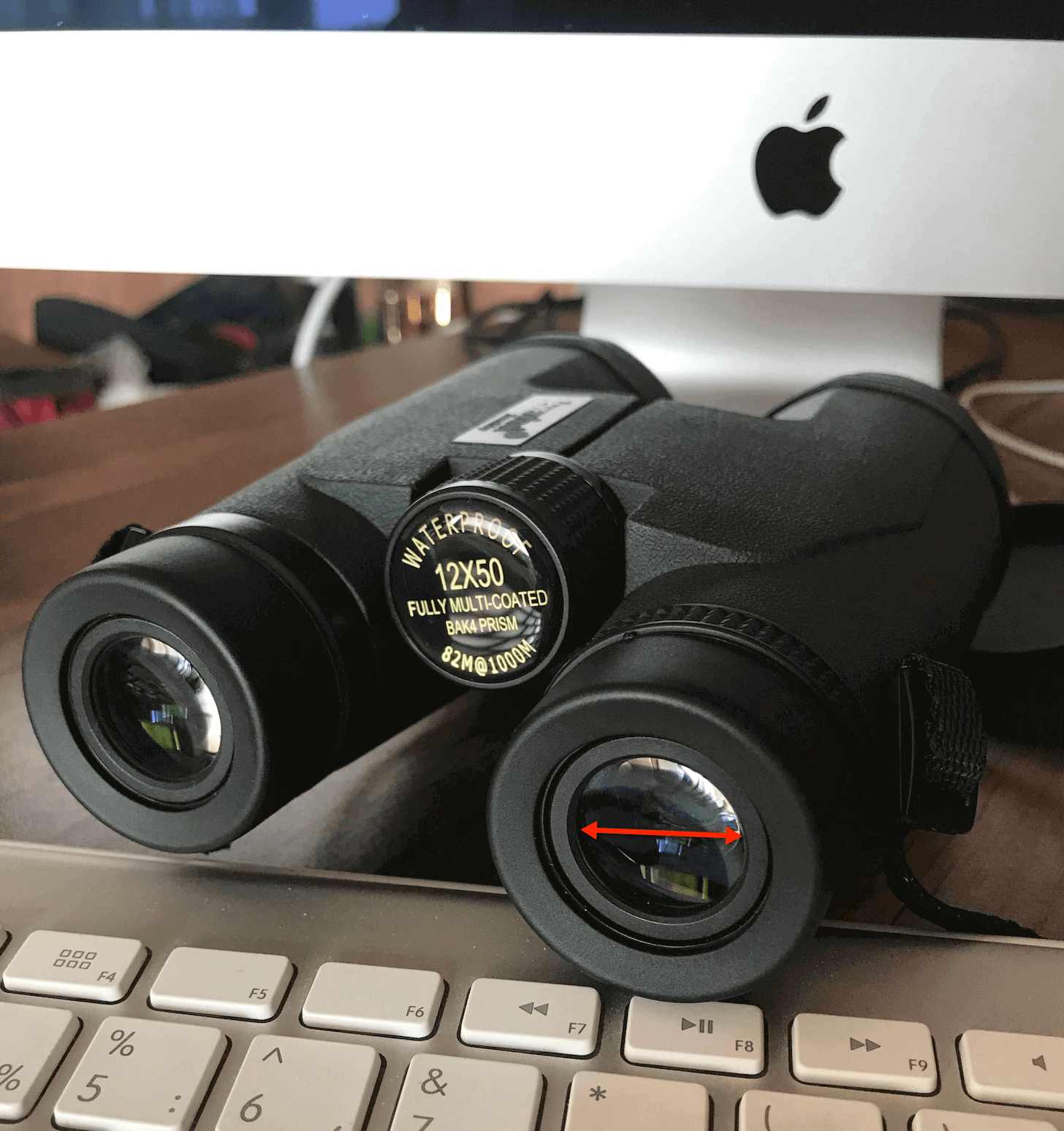
Exit Pupil
The exit pupil is the diameter of the light beams in millimeters passing through the eyepiece.
The exit pupil is calculated as the ratio of the diameter of the lens to the magnification, that is, 10×50 binoculars will have an exit pupil size of 5 mm (50/10 = 5), and 8×32, respectively, will have an exit pupil size of 4 mm (32/8 = 4).
You can see this light ray if you place the binoculars in front of you with the eyepieces facing you. You will see a small light spot in each eyepiece.
The light spot will be an enlarged image coming out of the binoculars and falling into our eyes.
The larger the diameter, the better you will see in dim light, up to the maximum pupil diameter of the human eye, that is, as a rule, 4-7 mm, depending on age and lighting.
Obviously, the larger the exit pupil, the greater the aperture of the binoculars, and the brighter the image of your щиыукмув bird will be.
If the size of the exit pupil is almost the same as the size of the pupil of your eye, then finding the image will be more difficult.
For example, in bright light, when our pupils are reduced to 2-3 mm, it will be difficult to use 8×21 compact binoculars (with an exit pupil of 2.6), since we have to make sure that our eyes are placed exactly above the exit pupil so that we can find our bird.
Try to track the polar tern standing on a swinging boat with compact binoculars, and very soon you will howl with despair!
In addition, the image will be darker and not so clear.
For normal bird watching, select binoculars with an exit pupil diameter of at least 4mm.
If you mainly conduct your ornithological observations in shaded conditions (in dense forests), in dim light (watching owls) or from a boat, it is better to choose an exit pupil diameter of 5 mm or more.
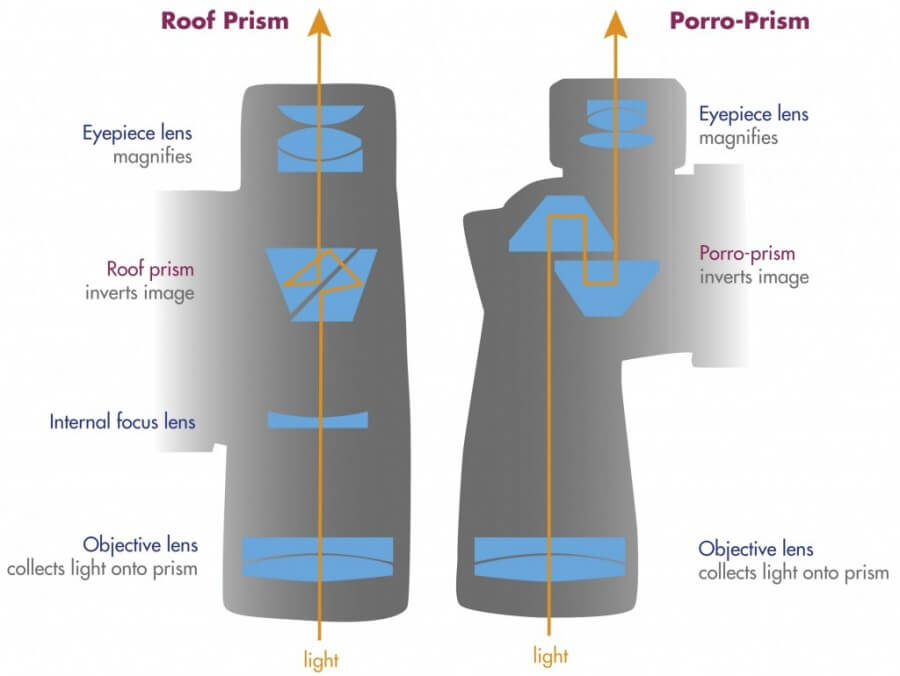
Prism Design
There are two types of prism systems, Porro and Roof and each prism has both advantages and disadvantages:
Porro Prism
In binoculars with porro prisms, light travels a Z-shaped path, the objective lenses are offset from the eyepieces, as a result of which the distances between the lenses are usually wider.
Such binoculars have wider construction and bulkier compared to roof prism optical instruments.
Roof Prism
In binoculars with roof prisms, the axis of the prisms, the prisms and the eyepiece are aligned, making the structure of the binoculars more lightweight than in porro prism binoculars.
Due to more expensive technology, roof-prism binoculars are more expensive than Porro prisms.
Great binoculars for bird watching with Porro prisms can be purchased for around $150.
To get the same optical quality of the binoculars with roof-shaped prisms, you have to pay about $200-$250 or even more.
So if you are looking for a budget option, then the best solution would still be Porro prisms. But they are bulkier than roof prism binoculars.
But at the same time, do not forget that since binoculars with Porro prisms are not as strong and durable as with roof-shaped prisms, it might be better for a long-term perspective to choose roof-shaped prisms if you can afford it.

Close Focus
The close focus is the shortest distance at which the binoculars can provide a sharp and focused image of the object.
As a rule, as the image is enlarged, the minimum close focal length also increases.
So you have to find another compromise: a higher magnification or a shorter distance of a close focus?
Sometimes ornithologists may want to observe the bird in details from a distance closer than 5 or even 3 meters.
For this reason, a good ornithologist’s binoculars should have a close focus of about 5 meters, and preferably even 3 meters.
If you like to observe other objects like butterflies, reptiles and so on, a good close focus will also be an advantage.
Easy to Focus
Good ornithological binoculars allow you to quickly focus on the desired bird.
This is important because many birds are constantly on the move and you need to be able to quickly adjust the focus.
A good focusing mechanism switches the focus from a near to a distant object with one full turn of the focus wheel or even less – you don’t want to turn the knob for too long to adjust the focus on the bird. Right?
Make sure to buy binoculars with a central focus, which you can easily adjust with your index finger.
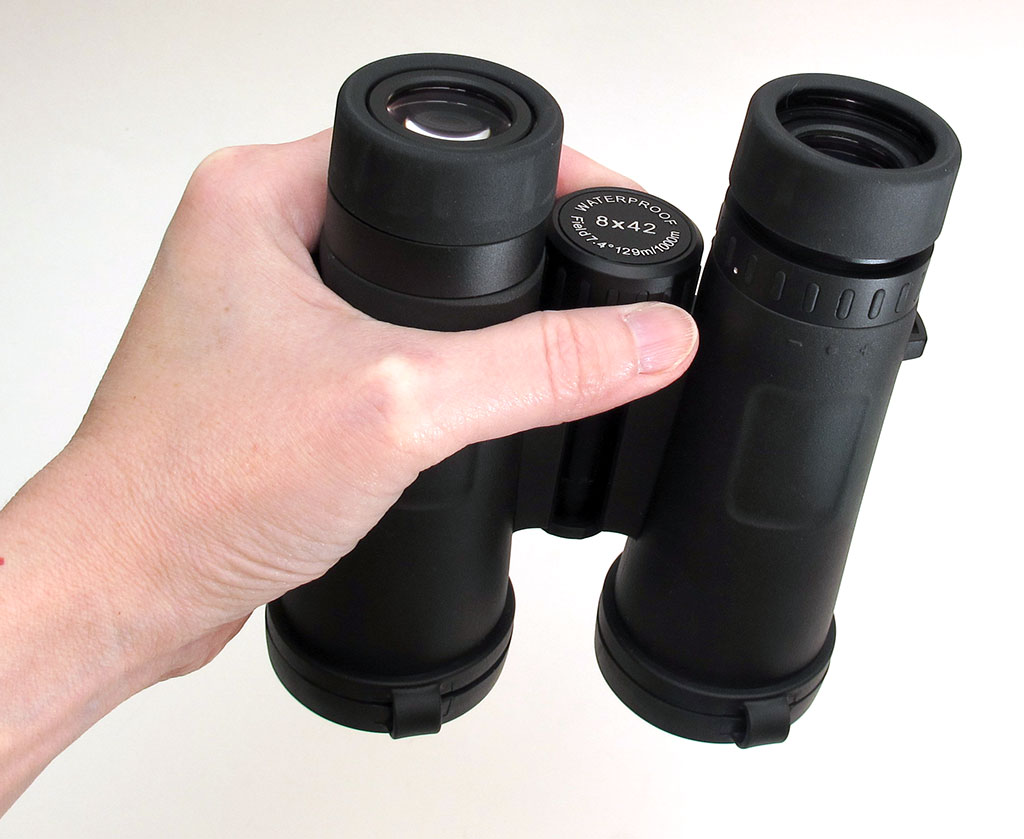
Binoculars that have a smooth focus wheel normally start from at least $150. You will find that most ornithological binoculars are equipped with central focusing.
Some models of binoculars are equipped with individual focusing eyepieces which must be adjusted separately when observing birds from a distance closer than about 9 meters. This is not convenient and time-consuming.
Again, you get what you pay for, and most likely you will find that more expensive binoculars for bird watching are equipped with better and easier to focus adjustment mechanisms.
Exit Pupil / Eye Relief
This is an important aspect for those who wear glasses. Eye relief is the distance in millimeters between your eyes and the binoculars exit pupils.
It is a distance at which it can be kept while maintaining the image in focus and keeping the full field of view.
Eyecups are usually designed in a way to make binoculars comfortable for those who do not wear glasses, about 9-13mm.
However, for those who need to wear glasses, this distance should be greater to compensate for the distance between the glasses and the pupils of the eyes.
The problem arises when eye relief is not enough which leads to a narrower field of view.
Of course, you would like to use your ornithological binoculars without the need to constantly remove and put on your glasses again, because it takes precious time to try to track a bird.
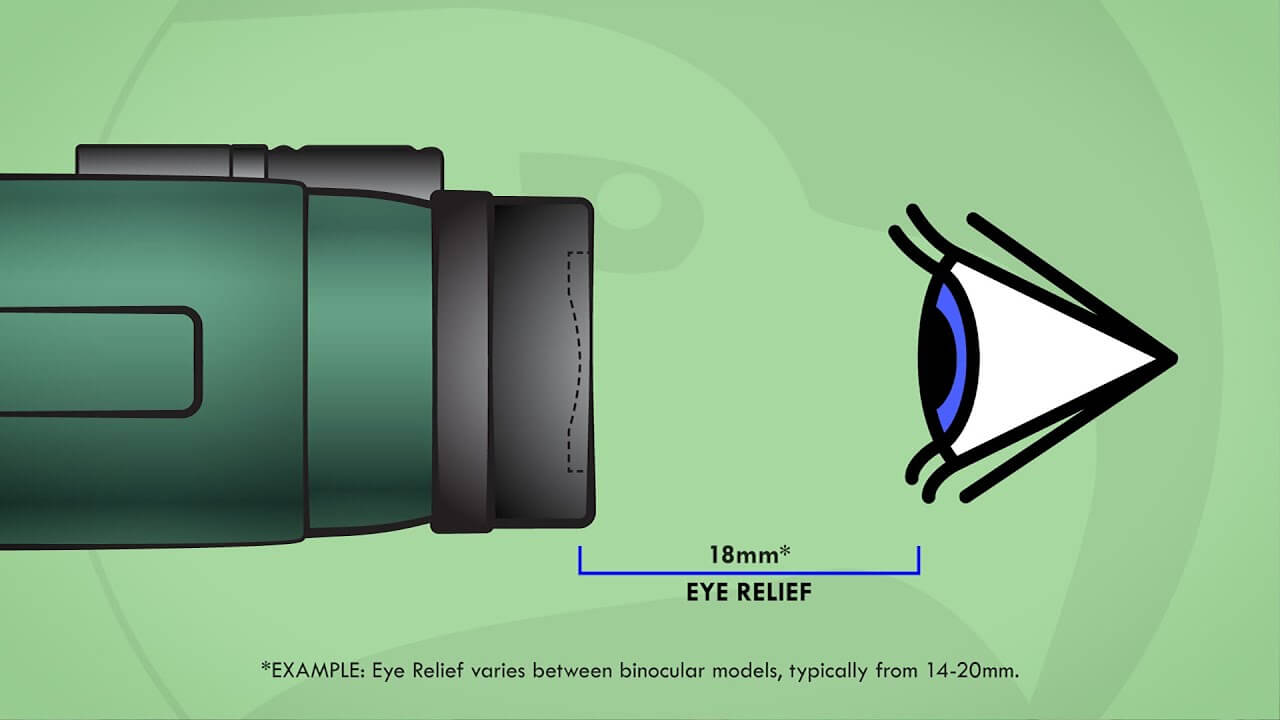
Some binoculars are equipped with removable rubber eyecups, so eyepieces can be brought closer to your eyes / glasses, and in some other binoculars, more expensive models, eyecups can be adjusted.
General advice for those who wear light, thin glasses: choose binoculars with eye relief of at least 14-15mm.
For those who wear thick glasses that are not so close to their eyes: you should choose eye relief of at least 16-18 mm.
Of course, it would be best to try a few binoculars to figure out which one works best with your glasses.
Those who don’t wear glasses should also test binoculars to adjust binoculars eye cups in order to find the most comfortable distance for themselves.
Reminder: As a rule, even those who wear glasses don’t need eye relief 15-16mm. Binoculars will correct your vision because it is an optical device like your glasses.
It’s way more advanced than your glasses. But if you have some serious issues with your eyes like astigmatism then you need to choose binoculars with eye relief of at least 15-16mm.
Because in case of astigmatism binoculars can’t correct your vision.
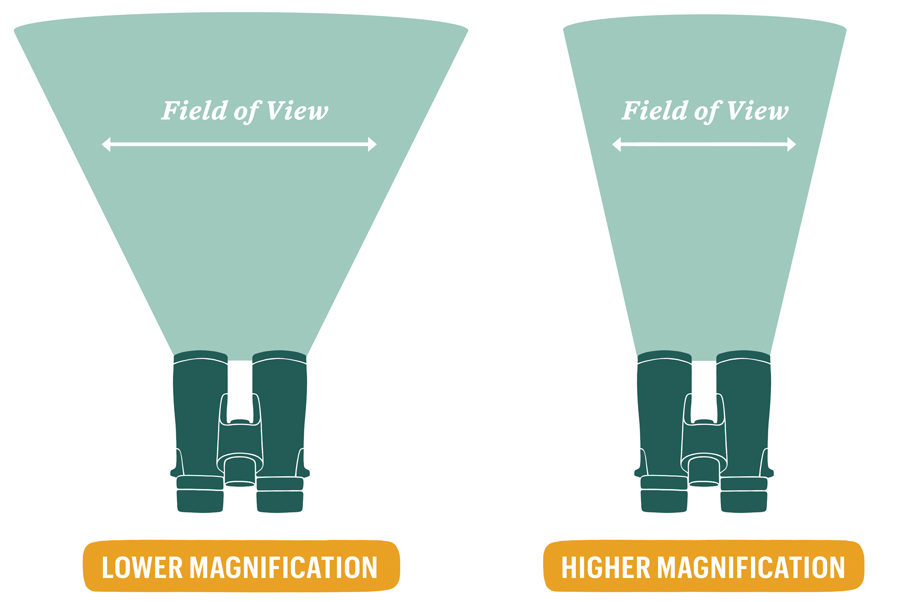
Field of View
Field of view refers to the width of the area visible at a distance of 1000 meters from the observer.
Sometimes the field of view is expressed in degrees and is noted near the eyepiece (for example, 6.5 degrees).
The field of view is mainly determined by the design of the eyepiece.
If the angular field of view is given in degrees, then you can calculate the field of view by multiplying this value by 17.5 (meters in 1 degree from a distance of 1000 meters).
Thus, the field of view for binoculars of 6 degrees will be 104 meters, that is, the width of view will be 104 meters at a distance of 1000 meters.
Usually, the higher the magnification, the narrower the field of view (the field of view of 10×40 binoculars is narrower than that of 8×40).
Thanks to a wider field of view, it will be easier for bird watching beginners to find and track birds with 8x or even 7x binoculars rather than with 10x binoculars.
However, a wider field of view in cheap binoculars is not always the best choice.
Inexpensive wide-angle models almost always mean a wide angle due to loss of image sharpness.
Still, it is better to have a clear and bright image quality, but narrower field of view than a large but blurry one.
Again, you need to decide what will be more important for you, a wider field of view and less powerful magnification like 8x or a narrower field of view with more powerful magnification like 10x.
Try to test as many different binoculars as possible and just remember that the field of view decreases with increasing magnification.
You can verify this by checking the manufacturer’s field of view value in the description of any model of binoculars that interests you.
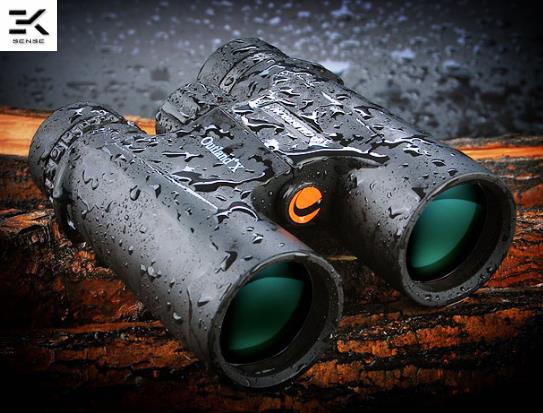
Water Resistant Binoculars
Waterproof optics provide protection not only against moisture penetration, but also from dust, dirt and so on, as well as protecting optical device from internal fogging.
This is a great feature, especially for active bird watchers. Water resistance is achieved thanks to rubberized round rings and nitrogen filling.
If you take binoculars from a warm room and go to watch the birds in a cold morning without nitrogen-filled optics, then the binoculars are likely to fog up inside due to a rapid change in temperature from warm to cold.
And it will be annoying if you cannot see anything and use binoculars!
In addition, you never know what can happen… you can drop your optical device into water and in this case it would certainly be nice to know that you have waterproof binoculars.
In addition, it is a huge advantage if you live in a humid climate.
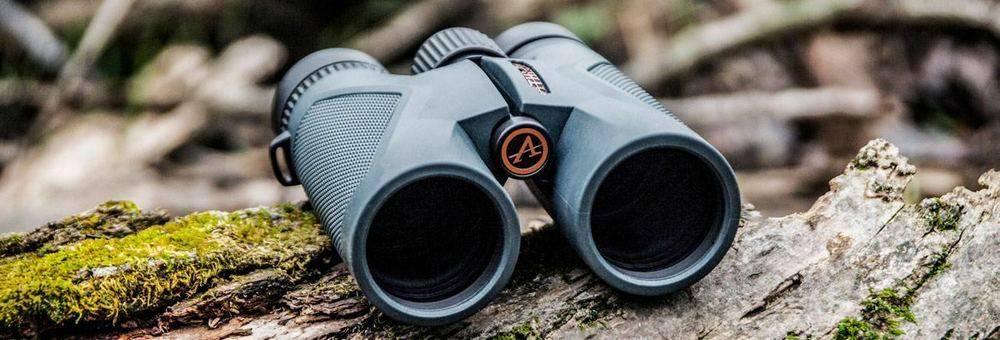
Rubber Coating
To avoid misunderstandings, let’s explain – the rubberized coating does not guarantee water resistance.
A rubberized coating is a useful feature (a slight increase in weight and price), so your optical instrument is protected from bumps and scratches.
In addition, this coating provides a comfortable and soft grip.
On very cold or hot days, holding binoculars with such a coating will be much more pleasant and convenient. So consider this option as well.
Final Thoughts About Binoculars for Bird Watchers
To observe birds with binoculars, as well as any other animals, where the object does not stay and actively and quickly moves, field of view becomes important.
This is because if you can’t focus on the object quickly you miss it and that’s it. Using the focus wheel should not be an issue. It must be intuitive and as simple as possible.
The binocular focus wheel must be smooth throughout its amplitude. If it is not done well this casts doubt on the overall quality of the binoculars.
Focus wheel should have a non-slip surface. Soft rubber surface with ribbed notch.
Also pay attention to its overall dimensions so that you can easily reach it, even with gloves on.
For many people, the ideal compromise comes down to compact size binoculars that have objective lenses of about 32mm maximum.
They are becoming increasingly popular, and there are many good arguments in their favor.
Although it’s true that large devices (objective lens 50mm) can theoretically deliver brighter and higher resolution images to your eyes.
I think binoculars with objective lens diameter 32mm or 40mm is the ideal choice for ornithologists.
Most binoculars today have a certain type of lens coating. Anti-reflective coatings can make a really big difference in the brightness of the image in binoculars.
For example, binoculars with small lenses, but with a high anti-reflective coating are superior to binoculars with large lenses, but with a lower anti-reflective coating.
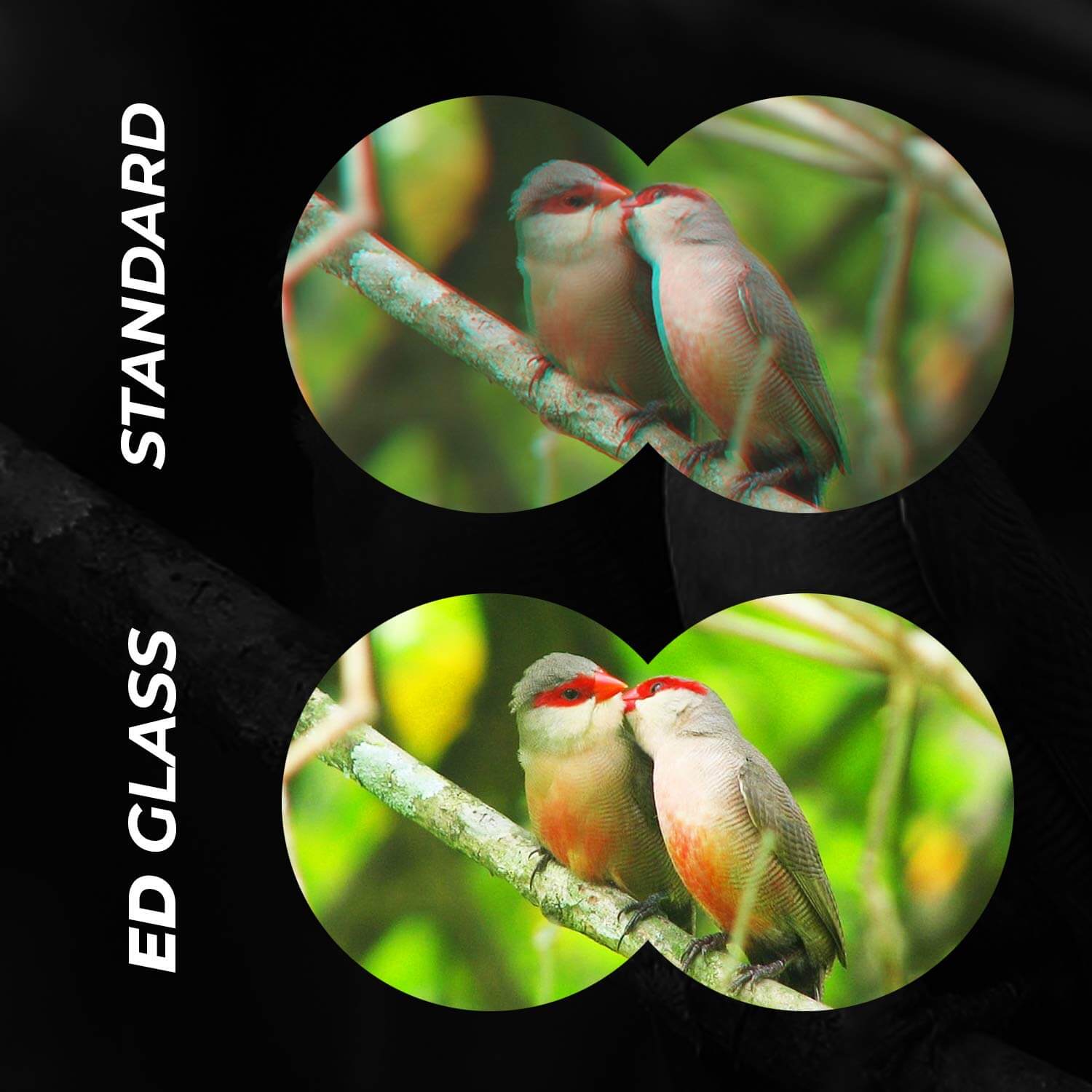
ED Glass or Standard BAK-4 Binoculars?
In the event that colors of nature are important for you, it is worth recommending binoculars with the best optics and fully multi-layer coating on all optical elements.
Typically, in such cases, ED binoculars are highly recommended. And so, let’s go over this issue.
Like I said above, anti-reflective, fully multi-coated optics with dielectric coating and ED glass is the best optical device you can buy today.
They are superior to a standard BAK-4 prism binoculars even with all types of coatings.
ED Glass makes a huge difference to your optical device. If you buy binoculars for purposes other than bird watching ED glass is not critical.
If you buy for bird watching then I highly recommend to choose ED glass optical device. Such binoculars are not super expensive.
You can buy such an optical device for around $150-$250.
Below I show binoculars with ED glass at a very affordable price. The higher the price the better will be image quality as well as an overall quality of the optical device.
Choose any optical instrument that fits your budget.
ED Glass Binoculars for Bird Watchers – Prices From $143 to $349
Nikon Monarch 5, 8×42
- Magnification 8x
- Eye relief 19.5mm
- Extra-Low Dispersion Glass
- Phase-Corrected Dielectric-Coated Prism
- ED Glass BAK-4 prism
- Field of view: 6.3° (330 feet / 1000 yds)
- Waterproof/ Fog proof
- Customer satisfaction 82%
- Suitable for eyeglass wearers
- Price: $259
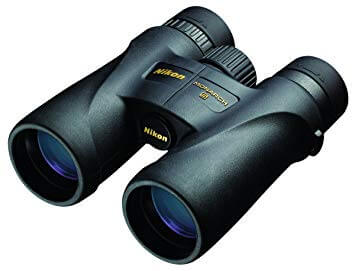

Nikon MONARCH 5, 10×42 Binocular
– Wide field of view 5.5°
– Magnification power 10x
– Prism Type: Roof Eco-Glass Lenses
– ED Glass
– Eye relief 18.4mm
– Weight 612g
– Waterproof/Fogproof
– 95% customer satisfaction
– Price: $279
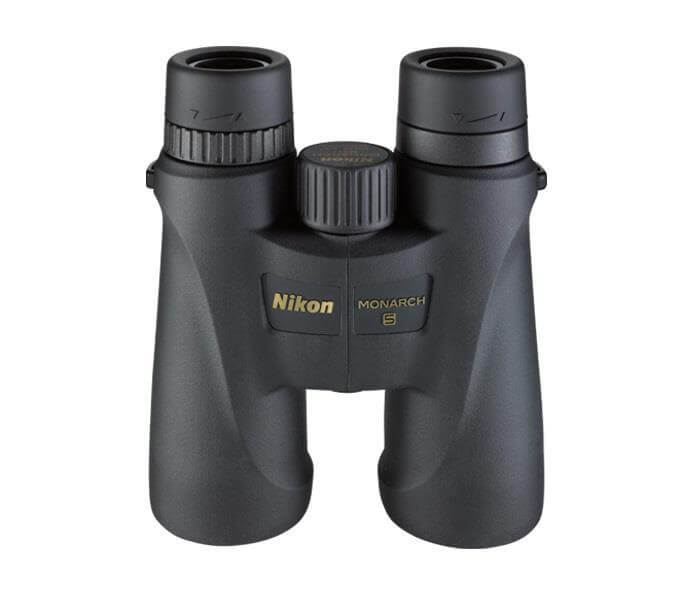

Nikon MONARCH 7, 8×30
– Wide field of view 5.5°
– Magnification power 8x
– Prism Type: Roof Eco-Glass Lenses
– ED Glass
– Eye relief 15.1mm
– Weight 433g
– Waterproof/Fogproof
– 95% customer satisfaction
– Price: $349
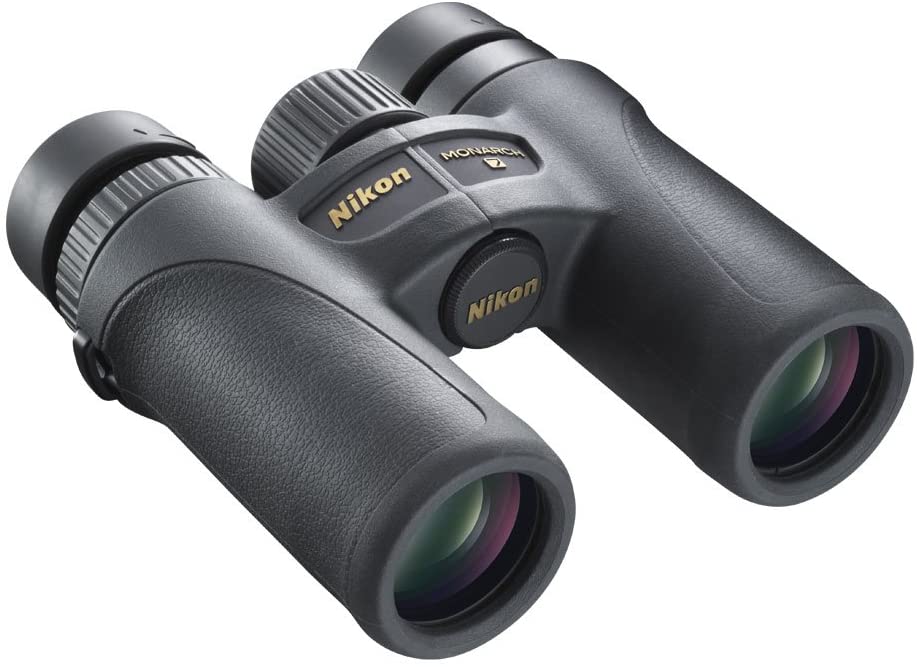

Celestron – Nature DX ED 8×42 Premium Binoculars
- Eye relief 17.8mm
- Magnification 8x
- BAK-4 Prism
- Extra Low Dispersion (ED) Glass
- Field of view: 7.5° (393feet / 1000 yds)
- Waterproof/ Fog proof
- Suitable for eyeglass wearers
- Tripod adaptable
- Weight 705 gr.
- Price: $143
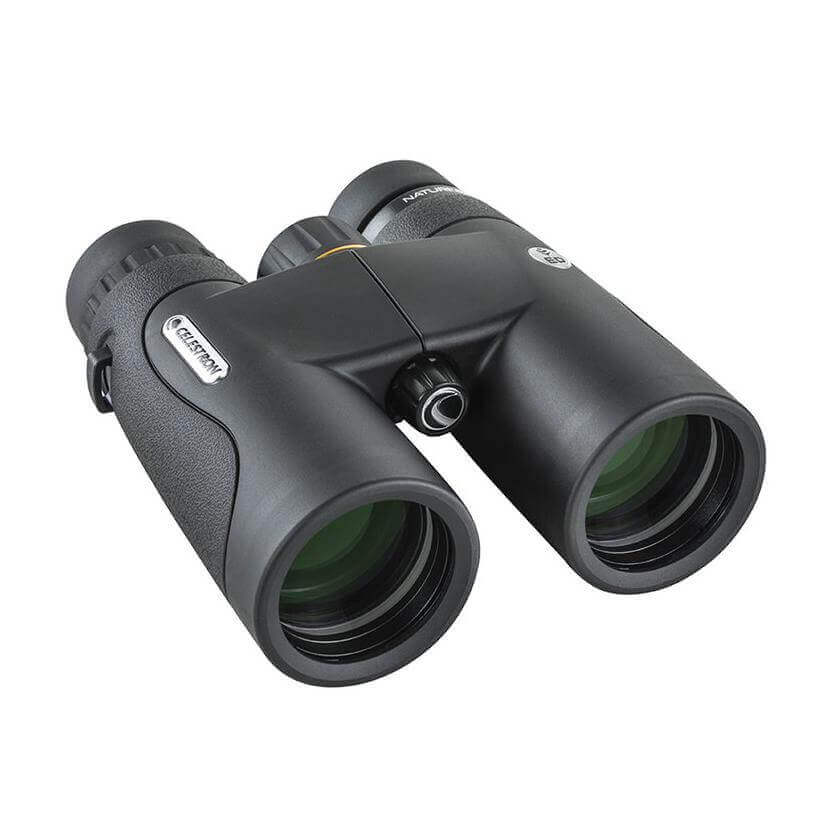

Bushnell Legend Ultra HD Roof Prism Binocular, 10×42
- Eye relief 15.2mm
- Magnification 10x
- BAK-4 Prism
- Extra Low Dispersion (ED) Glass
- Field of view: 6.5° (340feet / 1000 yds)
- Waterproof/ Fog proof
- Suitable for eyeglass wearers
- Tripod adaptable
- Weight 700 gr.
- Price: $158
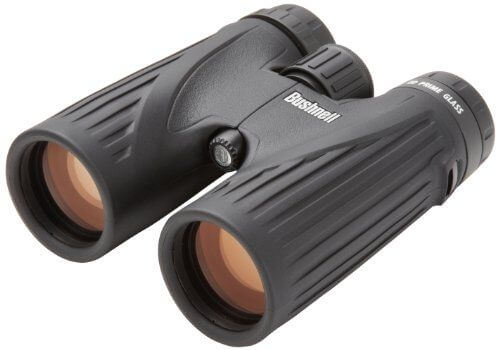

Wingspan Optics SkyView Ultra HD 8X42
- Eye relief 17.8mm
- Magnification 8x
- BAK-4 prism (ED Glass)
- Field of view: 7.5° (393feet / 1000 yds)
- Waterproof/ Fog proof
- Customer satisfaction 93%
- Suitable for eyeglass wearers
- Minimum focal length 2m
- Weight 623 gr.
- Price: $180
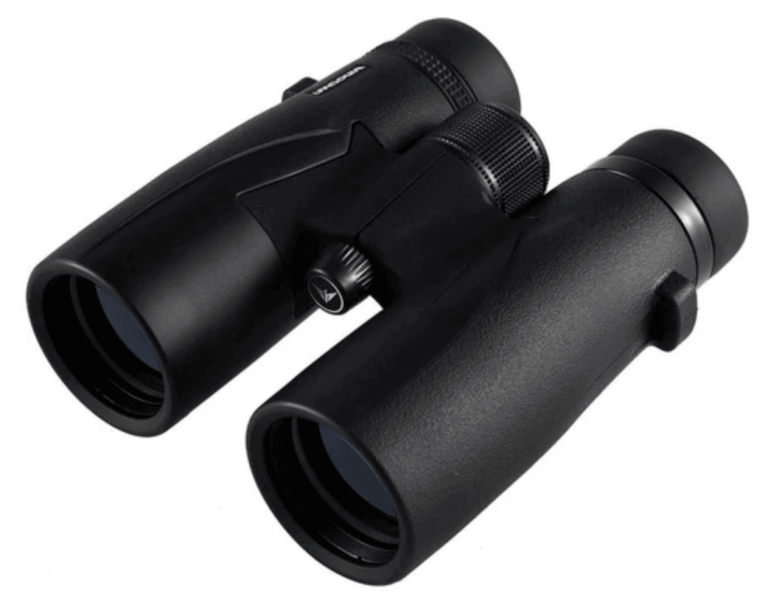

Wingspan Optics NatureHawk Ultra HD 8X42
- Eye relief 17.8mm
- Magnification 8x
- BAK-4 prism (ED Glass)
- Field of view: 8.1° (425feet / 1000 yds)
- Waterproof/ Fog proof
- Customer satisfaction 93%
- Suitable for eyeglass wearers
- Minimum focal length 2m
- Weight 765 gr.
- Price: $184
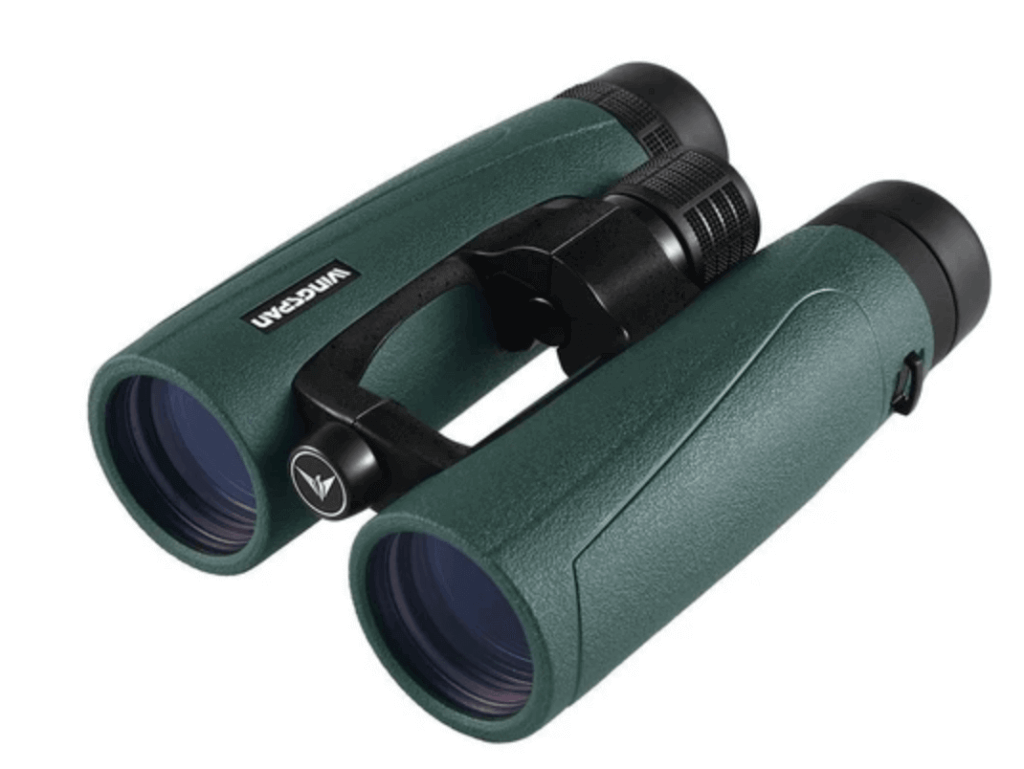

Wingspan Optics CrystalView Ultra HD 8X42
- Eye relief 17.8mm
- Magnification 8x
- BAK-4 prism (ED Glass)
- Field of view: 8.1° (425feet / 1000 yds)
- Waterproof/ Fog proof
- Customer satisfaction 93%
- Suitable for eyeglass wearers
- Minimum focal length 2m
- Weight 765 gr.
- Price: $220
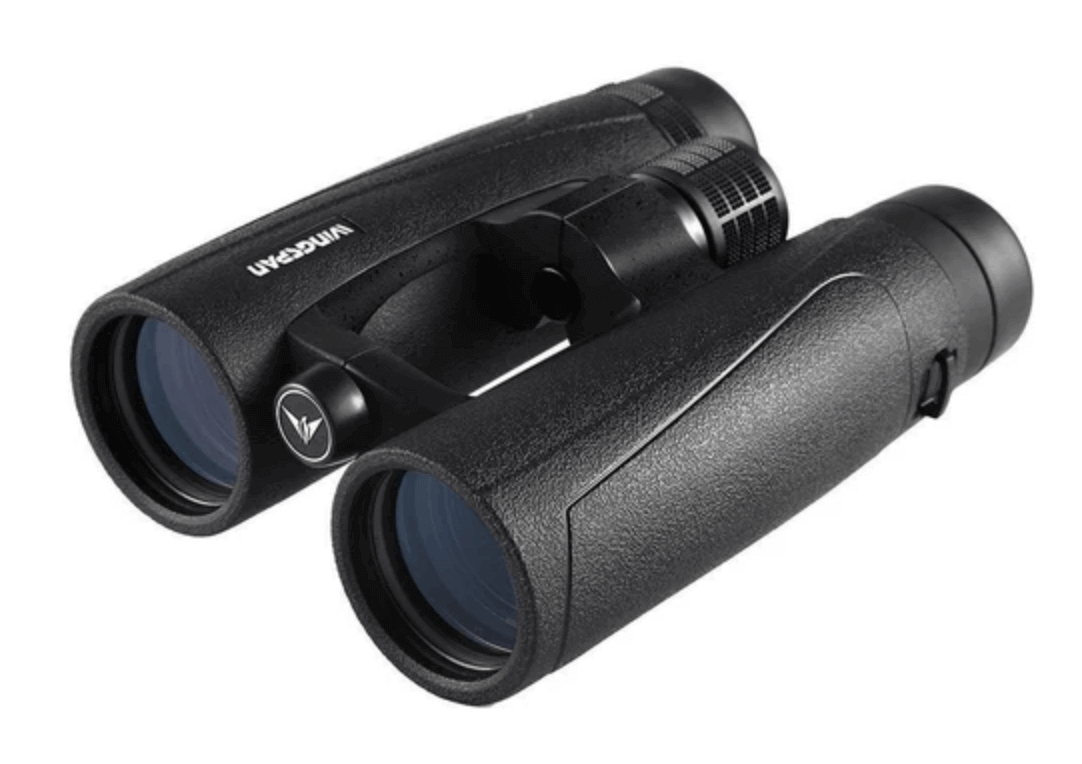

Vanguard Endeavor ED 8×42 Binocular, ED Glass
- Eye relief 19mm
- Magnification 8x
- BAK-4 roof prism
- Fully multi-coated optics
- Extra Low Dispersion (ED) Glass
- Field of view: 6.9° (367feet / 1000 yds)
- Waterproof/ Fog proof
- Suitable for eyeglass wearers
- Locking diopter ring
- Shock-Absorbing Rubber Armor
- Tripod adaptable
- Weight 731 gr.
- Price: $209
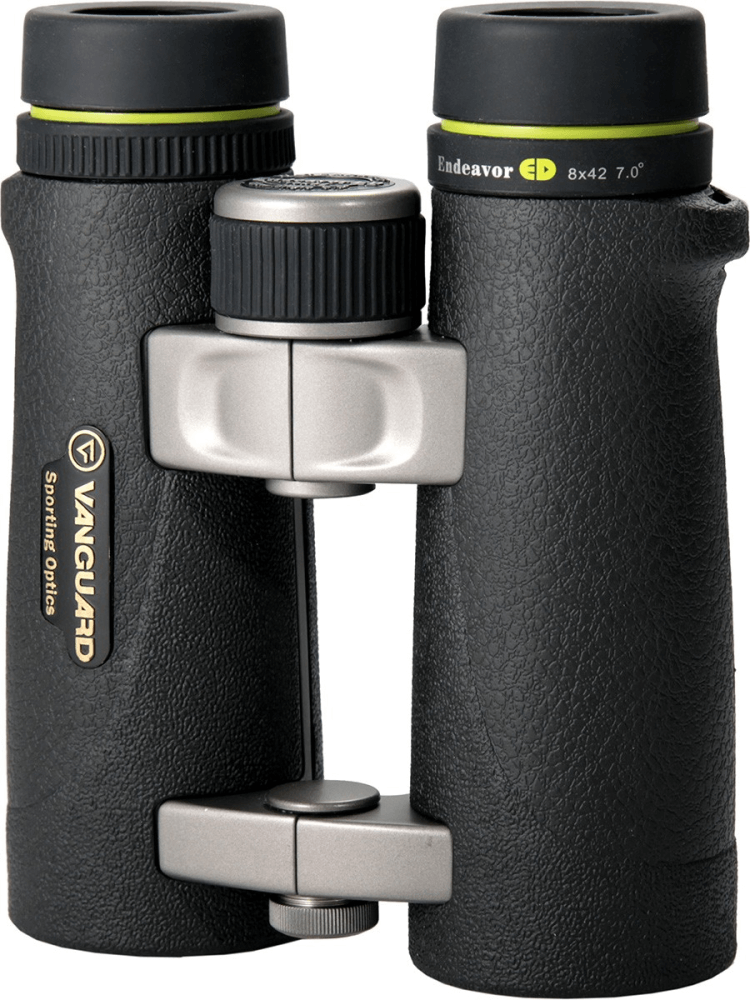

Levenhuk Vegas ED 10×42 Binoculars
- Eye relief 15.2mm
- Magnification 10x
- Bak4 phase-coated prisms
- Fully multi-coated lenses
- Extra Low Dispersion (ED) Glass
- Field of view: 6.5° (342feet / 1000 yds)
- Waterproof/ Fog proof/ Shockproof
- Suitable for eyeglass wearers
- Body: plastic
- Tripod adaptable
- Weight 700 gr.
- Price: $219
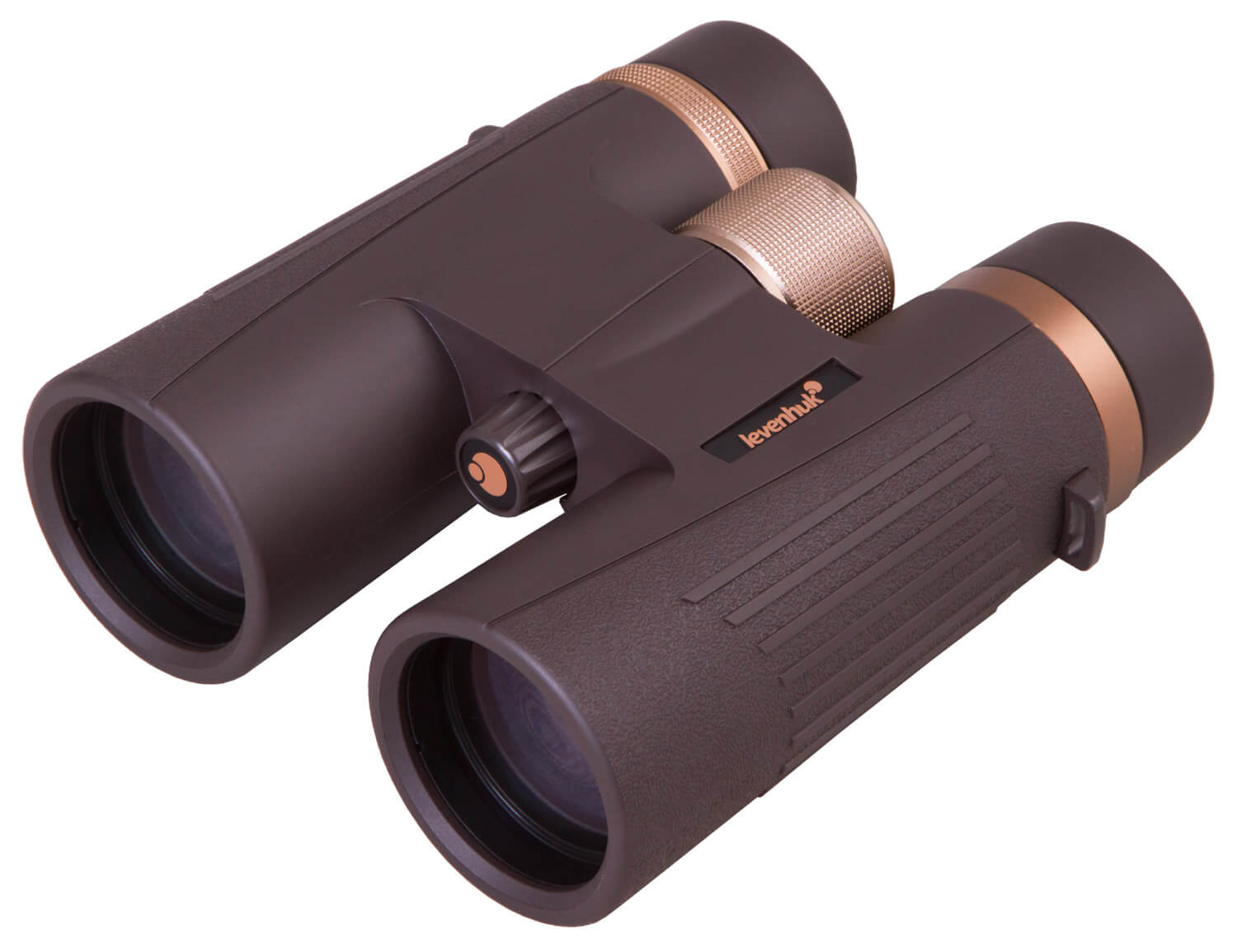

VANGUARD Spirit ED Binocular, 10×42
- Eye relief 16mm
- Magnification 10x
- Bak4 phase-coated prisms
- Fully multi-coated lenses
- Extra Low Dispersion (ED) Glass
- Field of view: 6° (314feet / 1000 yds)
- Waterproof/ Fog proof
- Suitable for eyeglass wearers
- Tripod adaptable
- Weight 640 gr.
- Price: $299
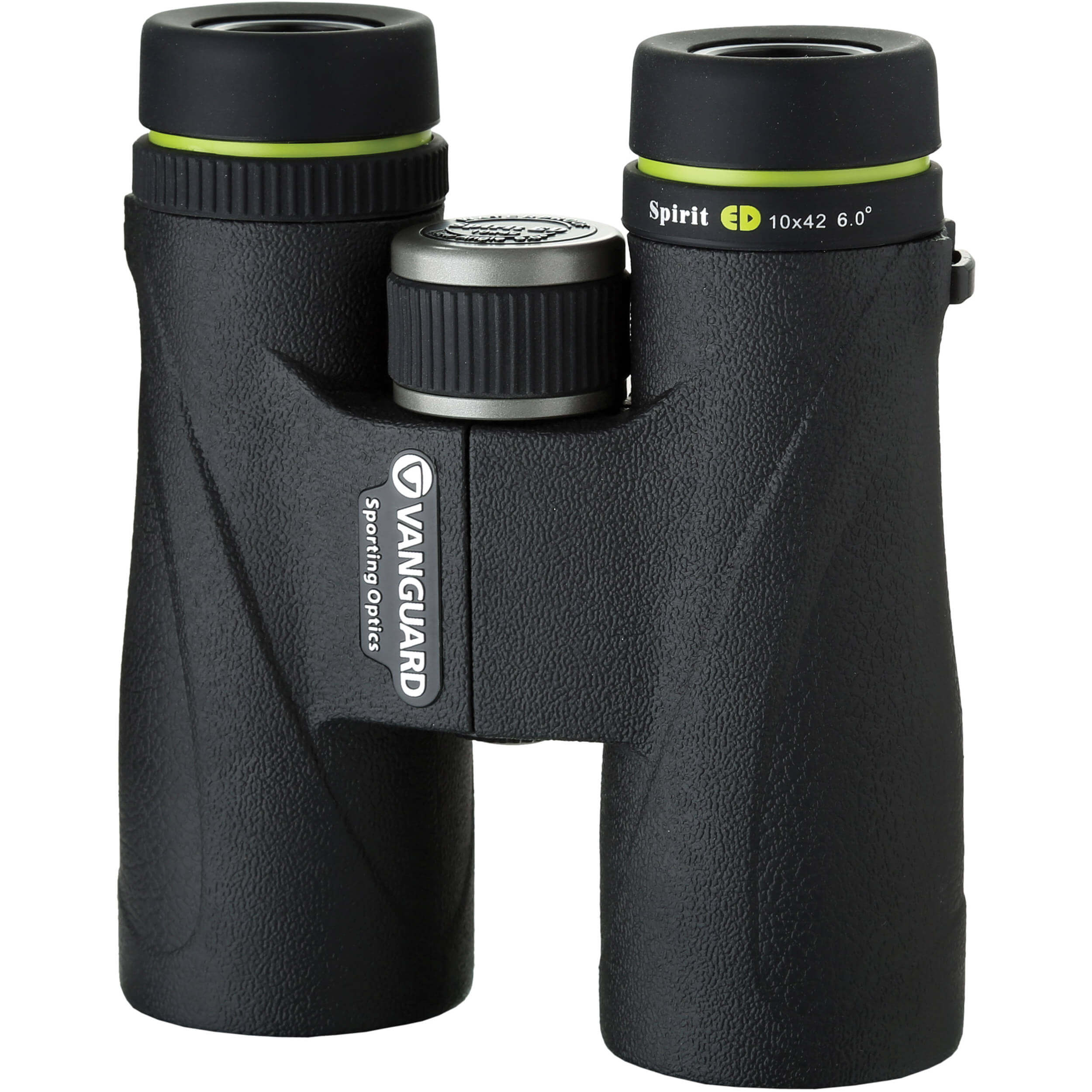

Barska 8x32mm WP Level ED Binoculars
- Eye relief 15.6mm
- Magnification 8x
- BAK-4 roof prism
- Fully multi-coated optics
- Extra Low Dispersion (ED) Glass
- Field of view: 7.8° (410feet / 1000 yds)
- Waterproof/ Fog proof
- Suitable for eyeglass wearers
- Shock-Absorbing Rubber Armor
- Tripod adaptable
- Weight 498 gr.
- Price: $313
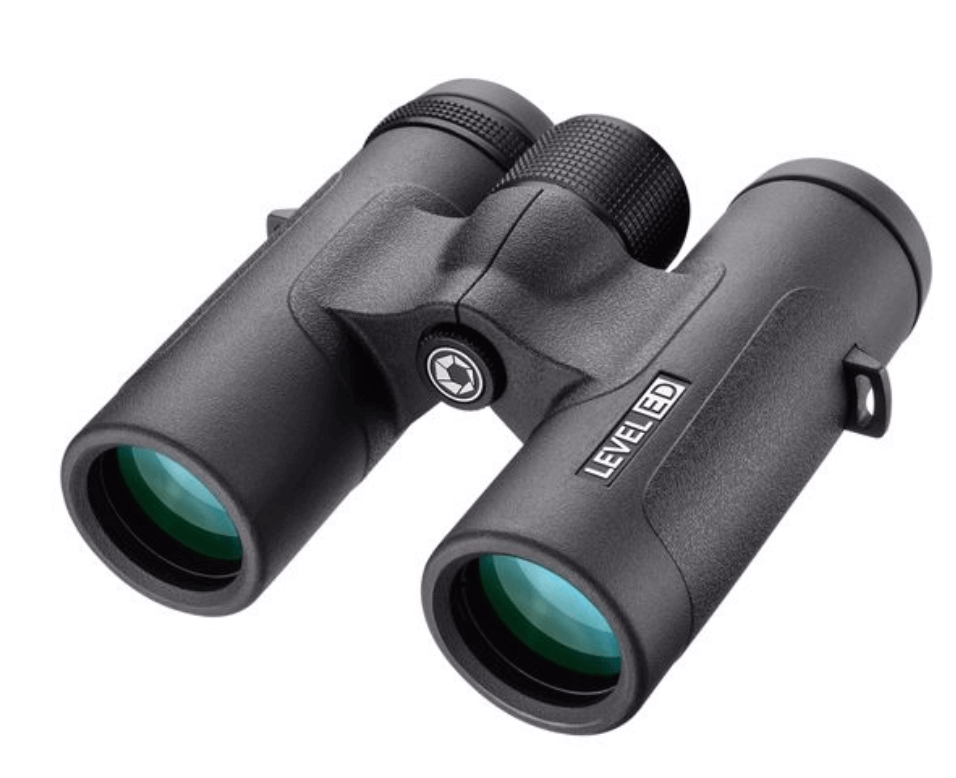

Zeiss 8×25 Terra ED Compact Binocular
- Eye relief 16mm
- Magnification 8x
- BAK-4 roof prism
- Fully multi-coated optics
- Extra Low Dispersion (ED) Glass
- Field of view: 6.8° (357feet / 1000 yds)
- Waterproof/ Fog proof
- Suitable for eyeglass wearers
- Locking diopter ring
- Tripod adaptable
- Weight 310 gr.
- Price: $349
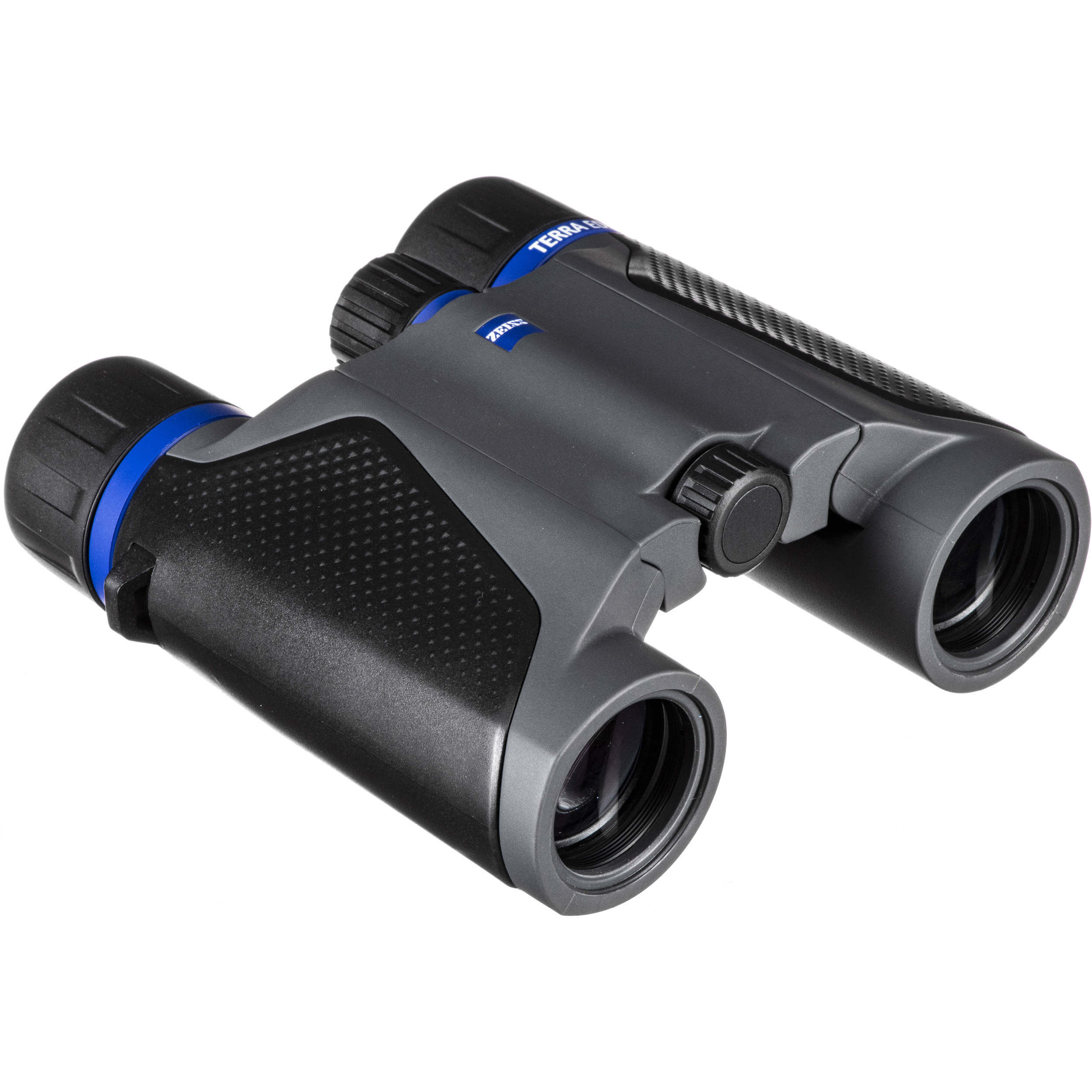

Bushnell Engage Binoculars 8×42
-Magnification: 8x
-Objective diameter 42mm
-Eye relief 19mm
-Exit pupil 5.3mm
-BAK-4 roof prism
-ED Prime Glass
-Dielectric Prism Coating
-Lens coating Fully multi-coated optics
-PC-3 Phase Coating
-Twist-up eyecups
-Waterproof IPX7
-Field of view: 8.1° (426 feet / 1000 yds)
-Customer satisfaction 90%
-Weight 666g.
-Suitable for general observation, hunting
-Tripod adaptable
-Price: $343
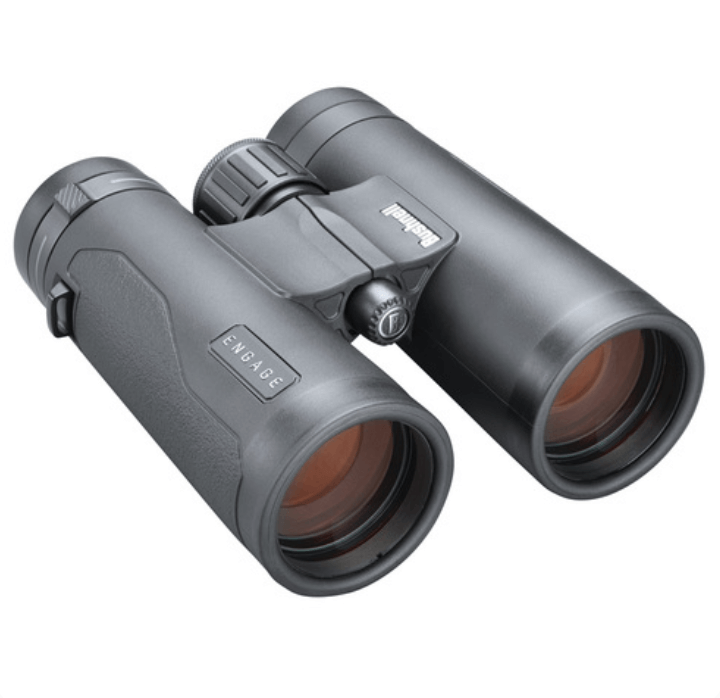

Bushnell Nitro Binoculars 10×36 roof prism
-Magnification: 10x
-Objective diameter 36mm
-Eye relief 17mm
-Exit pupil 3.6mm
-BaK-4 roof prism
-Fully multi-coated optics
-Waterproof IPX7
-Twist-up eyecups
-Field of view: 6.5° (341 feet / 1000 yds)
-ED Prime Glass
-PC3 Phase coating
-Customer satisfaction 90%
-Weight 620g.
-Tripod adaptable
-Price: $299
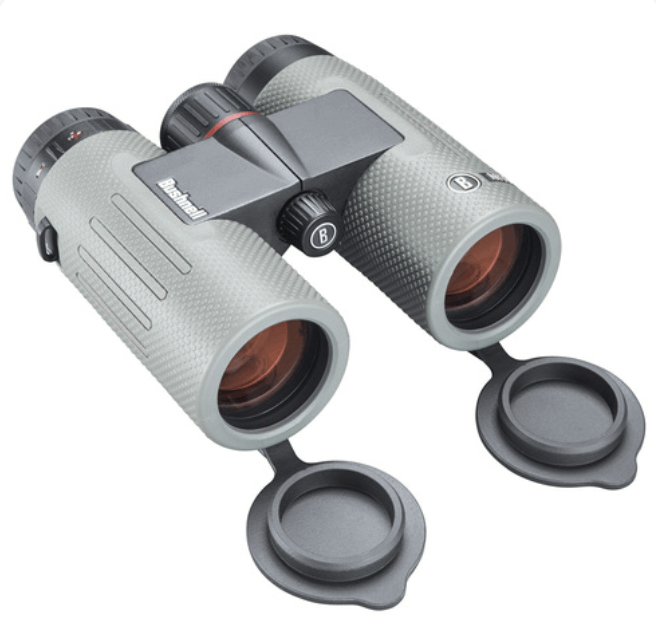

Bushnell Forge Binoculars 10×30
-Magnification: 10x
-Objective diameter 30mm
-Eye relief 18mm
-Exit pupil 3mm
-BAK-4 roof prism
-Dielectric Prism Coating
-Fully multi-coated optics
-PC3 PHASE COATING
-Twist-up eyecups
-ED Prime Glass
-Waterproof IPX7
-Field of view: 6.3° (330 feet / 1000 yds)
-Customer satisfaction 95%
-Weight 388g.
-Suitable for general observation, hunting
-Tripod adaptable
-Price: $349
